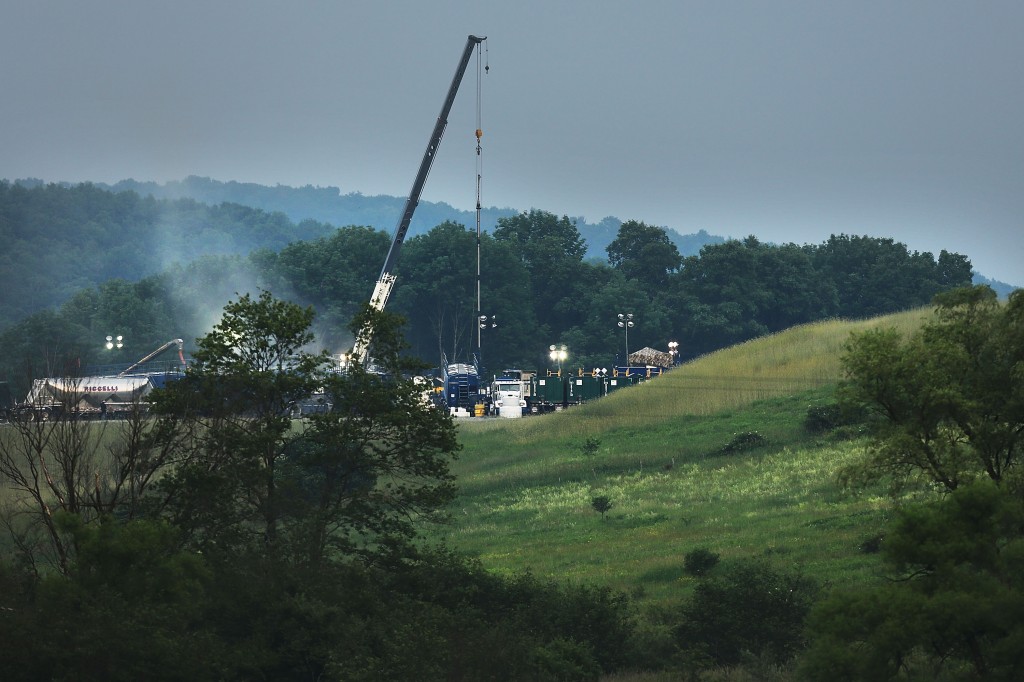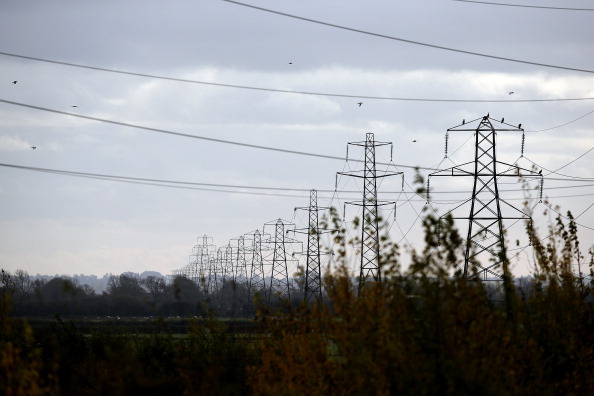Congress this week passed the Tax Increase Prevention Act of 2014, which extends a number of expired or expiring tax provisions through the end of 2014. The President is expected to sign the Act soon. The Act renews several energy-related tax provisions, including the production tax credit under Section 45 of the Internal Revenue Code (PTC) for certain renewable energy facilities. In the case of wind, geothermal, landfill gas, trash, marine, and hydrokinetic facilities and certain closed-loop biomass, open-loop biomass, and qualified hydropower facilities, a taxpayer will be eligible to claim the PTC if construction begins before January 1, 2015. The Act also extends Section 48(a)(5)(C), which allows a taxpayer to claim the investment tax credit in lieu of the PTC with respect to the facilities listed above if construction begins before January 1, 2015.
JDSupra
Energy Tax Alert: Congress Extends Renewable Energy Credits
By Chris Heuer, Greg Jenner, Carl Lewis, Kevin Pearson | STOEL RIVES LLPSign up and get Breaking Energy news in your inbox.
We will never sell or share your information without your consent. See our privacy policy.New York Bans Hydraulic Fracturing
By Ted Bosquez IV, Daniel Carmeli, Kenneth Komoroski, Matthew Sepp | Morgan LewisThe ban comes in light of a report from the New York State Department of Health claiming there is insufficient information to understand the health risks.
On December 17, New York Governor Andrew Cuomo’s administration announced that the State of New York will ban hydraulic fracturing in response to conclusions presented in a report prepared by the New York State Department of Health (NYSDOH) and comments made by the Acting Health Commissioner and the New York State Department of Environmental Conservation (NYSDEC) Commissioner.
America’s Next Energy Hub – Philadelphia Dealt a Major Setback
By Ronald Schuler | Spilman Thomas & Battle, PLLCIn 2012, the city of Philadelphia announced plans to privatize the Philadelphia Gas Works (“PGW”). PGW is the nation’s largest municipality-owned natural gas utility with more than 6,000 miles of gas mains and service pipes supplying approximately 500,000 customers in the city of Philadelphia. The sale was positioned as a means to fix the municipal pension fund as well as the first step in developing Philadelphia as an energy hub, taking advantage of its proximity to the Marcellus and Utica Shale plays as well as its status as a coastal port.
Department of Labor Targeting Oil and Gas Contractors
By David Barron | Cozen O'ConnorOn December 9, 2014, the U.S. Department of Labor (“DOL”) announced that it had achieved $4.5 million dollars in settlements from private employers as a result of a two year investigation into contractors working in the Marcellus Shale region of Pennsylvania and West Virginia. The DOL press release can be found here.
Natural Gas Pipelines to Bolster Bi-Directional Capacity in Northeast up to 32%, EIA Data Shows
By Brian Heslin | Moore & Van Allen PLLCBy 2017, natural gas pipelines are projected to convert up to 32% of their pipeline capacity into the Northeast to support the bi-directional flow of natural gas out of the region to the South and West, according to a U.S. Energy Information Administration (“EIA”) December 2, 2014 report. It is well known that the increased production of natural gas in the shale plays of the Northeast have had a marked impact on the energy industry in the U.S. This EIA data shows us in hard numbers how drastic of an impact the shale boom has had on pipelines that historically transported natural gas into the Northeast: six pipelines transported 60% of natural gas into the Northeast in 2013, and 2013 volumes of gas transported into the Northeast on these six pipelines were 21%-84% lower than the volumes of gas they transported into the region just five years earlier. Several of these pipelines initiated the transition to handle bi-directional flows in 2013 and earlier this year.
Developer Applies To VT for Clean Power Link Transmission Line
By Todd Griset | PretiFlahertyA proposed electric transmission line from Quebec into New England took a step forward this week, as the developer of the New England Clean Power Link applied to Vermont regulators for key project approvals.
Transmission Developers Inc. subsidiary TDI New England has proposed the New England Clean Power Link to bring Canadian hydropower and other electricity to the renewable-hungry New England market. With an estimated project cost of $1.2 billion, the 1000-megawatt high-voltage direct-current transmission line would run under Lake Champlain and underground to a converter station in Ludlow, Vermont, near where it would connect to the existing electric grid owned by Vermont Electric Power Company (VELCO).
US Clarifies Sanctions Provisions and US Senate Passes a Bill to Codify and Expand Sanctions
By Laura Brank, Darshak Dholakia, Miriam Gonzalez, Hrishikesh Hari, Jeremy Zucker | Dechert LLPAs noted in previous updates, the United States and European Union continue to impose sanctions against Ukrainian and Russian individuals and entities as a result of the turmoil in Ukraine. On 11 December 2014, the US Senate passed the Ukraine Freedom Support Act of 2014 (S. 2828) (hereinafter the “Act”), which would significantly expand the scope of US economic sanctions against Russia if it became law. In addition, the US Treasury Department’s Office of Foreign Assets Control recently released additional guidance regarding the scope of existing US sanctions involving Ukraine and Russia.
Amendments to EU Sanctions against Russia
By Miriam Gonzalez, Jeremy Zucker | Dechert LLP3 Top Legal Issues to Tackle on Solar Projects
By Derek McKinley, Chirag Sanghrajka | Latham & Watkins LLPThe Middle East and North Africa region is on the cusp of a new energy revolution. US$50 billion has been set aside for investment in solar power projects by 2020, as MENA governments seek to maximise the long term value of their hydrocarbon resources by utilising solar energy to meet growing domestic consumption. Whilst these ambitious targets present a significant opportunity for potential sponsors of solar power projects in the region, there are a number of key considerations which sponsors may wish to bear in mind in establishing a framework for their investments.
US Presidential Permits For Cross-Border Infrastructure
By Todd Griset | PretiFlahertyAs the U.S.’s international trade in energy grows, so too has interest in the process for securing a federally required approval known as a Presidential Permit.
The construction, operation, and maintenance of infrastructure that crosses the U.S.’s border with Mexico or Canada — think pipelines, transmission lines, and bridges — generally requires prior authorization by the federal government in the form of a Presidential Permit. How you obtain a Presidential Permit depends on the type of facilities in question, as permits may be issued by several federal agencies under different legal authorities.









